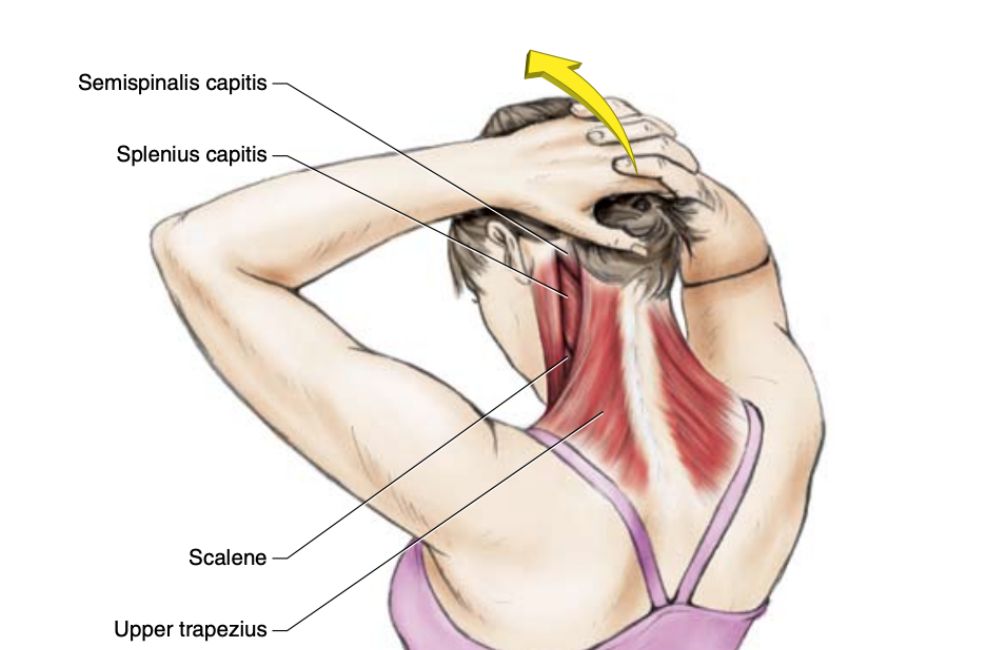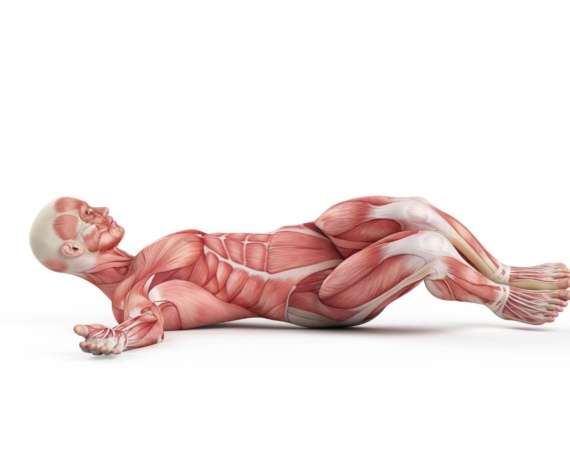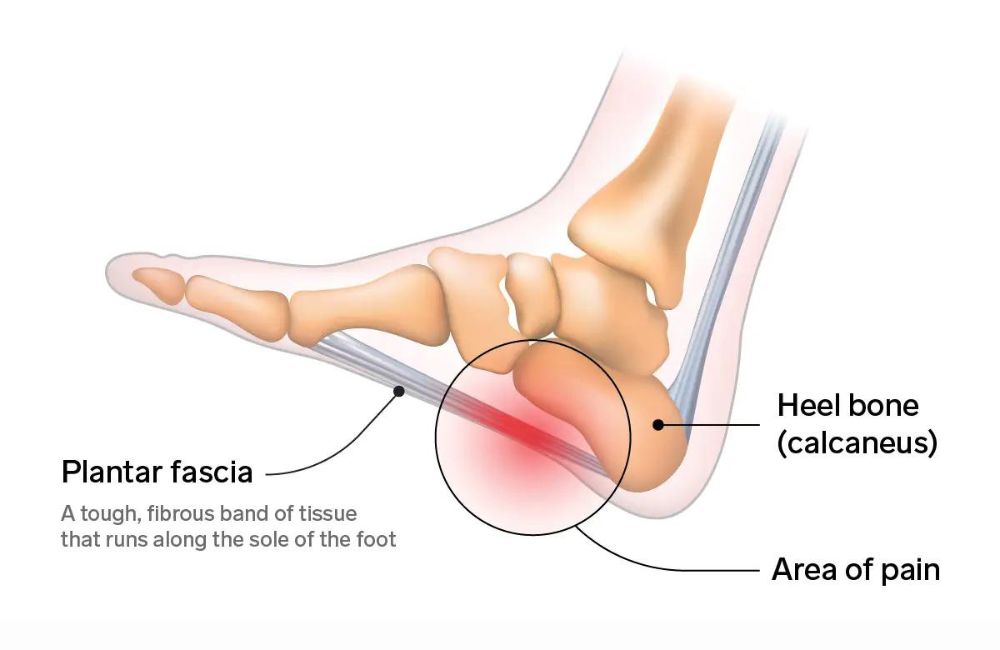
If you experienced exasperating pain in the undersides of your foot, there is a chance you are dealing with plantar fasciitis.
This stabbing pain in your foot isn’t wildly common, but still affects almost 10 % of the population.
As you may guess, plantar fasciitis mostly occurs in active individuals who run or walk a lot. That being said, there are also rare cases where mostly sedentary people will develop symptoms of PF.
Fortunately, this debilitating condition can be resolved quickly with just a few simple exercises and lifestyle modifications.
If you have dealt with plantar fasciitis in the past, are experiencing it now, or want to avoid ever sustaining the injury in the future, read on!
What Is Plantar Fasciitis?
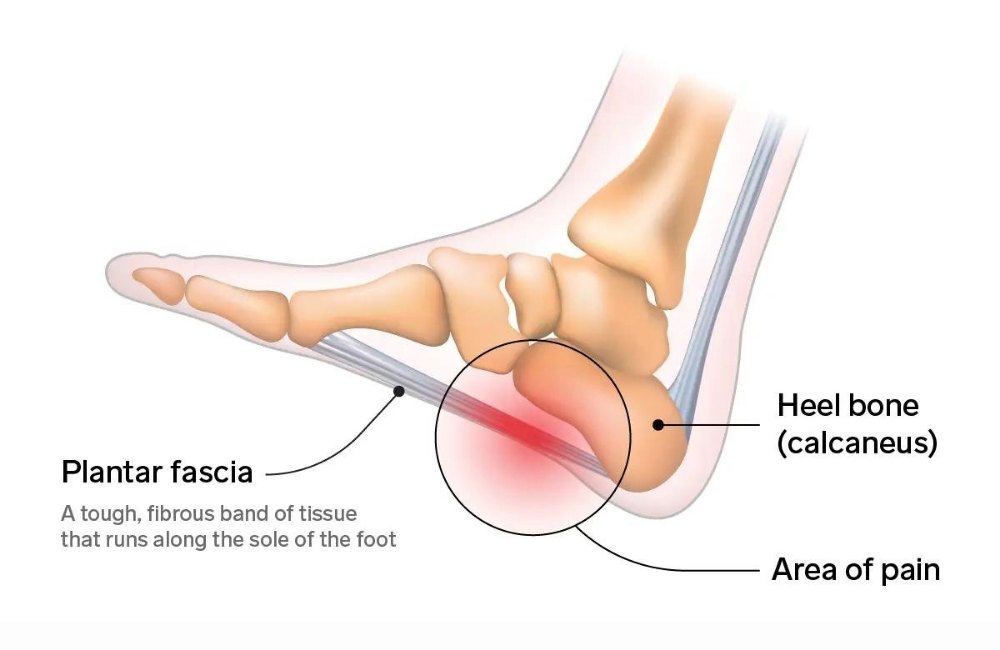
On the bottom of your feet, there is a thick band of tissue known as the plantar fascia. When this area of the foot is damaged or strained, you may experience pain.
The pain could be located anywhere on the underside of the foot, but most commonly occurs on the inside portion of the heel.
The pain is often sharp and usually occurs when your foot stretches while you walk. In some cases, the pain is so severe that people will begin to develop a limp.
What Causes Plantar Fasciitis?
Research points to a number of risk factors that tend to increase the chances of someone developing this condition:
- Obesity
- Improper gait
- active individuals (such as runners and athletes),
- Foot shape.
There are other factors that are correlated with PF as well. However, the above four tend to be the most common.
Besides Exercise, What Can Be Done to Treat Plantar Fasciitis?
Exercise is an integral part of every treatment plan for PF. Keeping that in mind, there are also other effective methods of treating the condition such as:
- The use of night splints
- Kinesiotaping
- Orthotic prescription,
- Weight loss (if your condition was due to obesity),
- Soft tissue and joint manipulation.
Again, these treatments may work for some individual cases of PF. However, they should not be used as standalone methods for addressing the condition.
Corrective exercises need to be included in every plantar fasciitis treatment plan, or the problem is bound to return at one point or another.
Exercises to Address Plantar Fasciitis
Depending on your individual needs, there may be some exercises that are more suitable for you than others.
Regardless, the following movements should give you some measure of relief from your symptoms.
If you don’t notice any decrease in your heel pain after 2-3 weeks of daily exercising, be sure to follow up with your doctor or PT.
1. Tennis Ball Self Massage
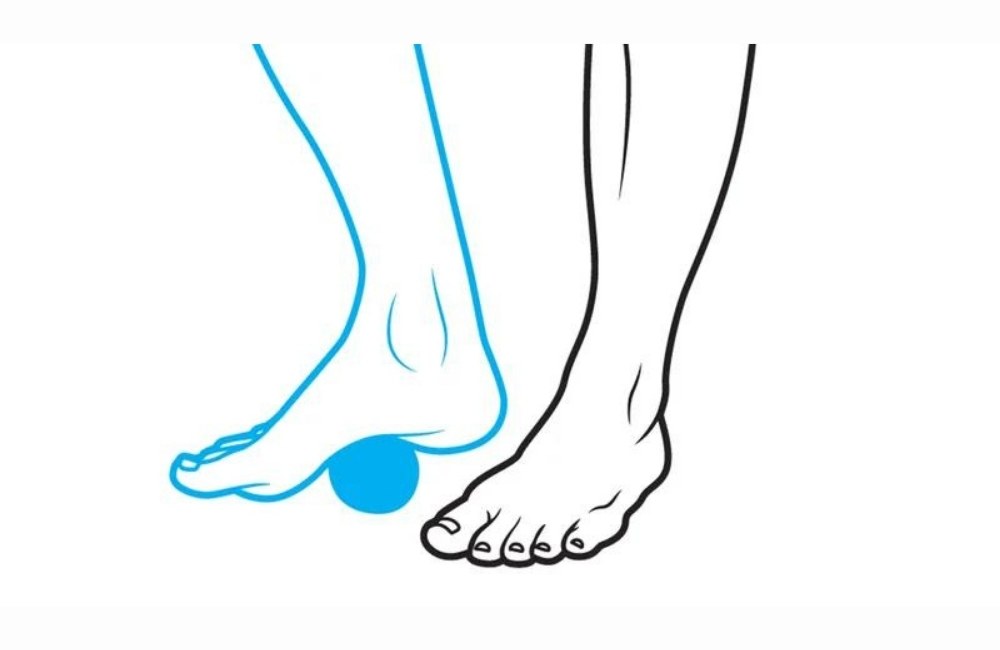
Using something as simple and ubiquitous as a tennis ball, you can help your plantar fascia heal! Be gentle when you perform this movement. You should strive to introduce light pressure into your foot as you slowly move through the exercise.
How to Perform:
- Sit in a firm chair and place a tennis ball (or similar object) on the floor.
- Set your foot on top of the ball and gently press your foot down.
- Maintaining this pressure, roll your foot over the ball in slow circles, side-to-side, and forward-backward.
- Continue these gentle massage motions for 30 seconds, take a break for about 10 seconds, then repeat 4 times on each foot.
2. Plantar Fascia and Calf Stretch
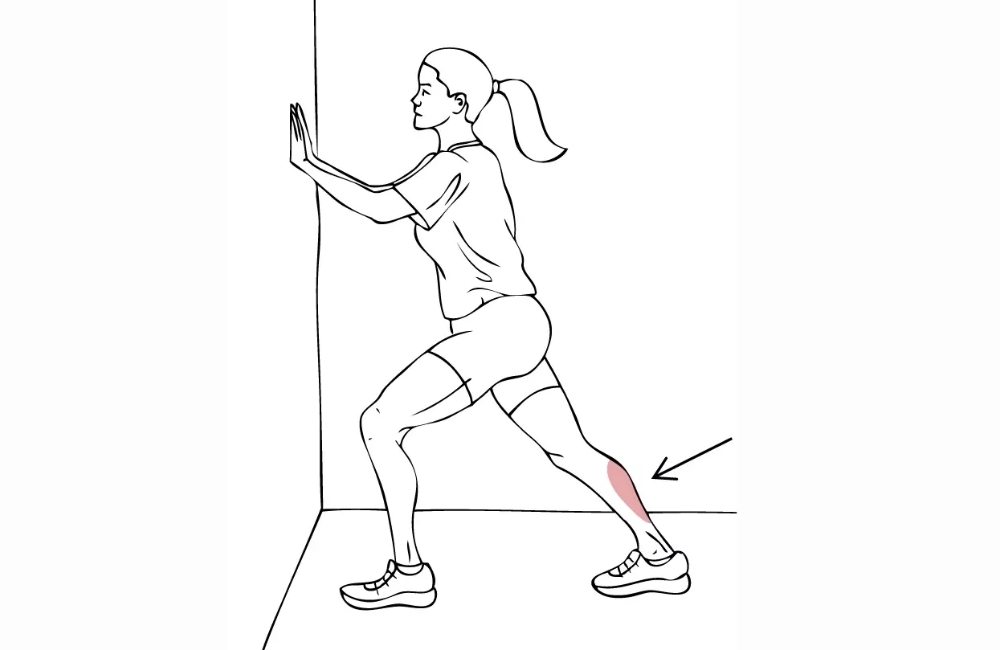
Because the calf muscles connect to the plantar fascia via the Achilles tendon, these structures can both become tight as a result of the condition. By performing a light stretch to the tissues indicated, you can help your plantar fascia to recover!
How to Perform:
- Place both hands on a wall or firm surface in front of you.
- Bring your left leg forward, bending the knee slightly.
- Leave your right leg behind you, and keep this knee straight, with the toes pointed forward and your heel on the floor.
- You should immediately feel a stretch in your right calf muscle as you lean forward.
- You may also feel a stretch in your plantar fascia with this movement. If you don’t, you can increase the stretch by placing a small towel under the toes of your right foot as you perform the exercise.
- Hold the stretch for 30 seconds and repeat it 4 times on each side.
3. Towel Crunches
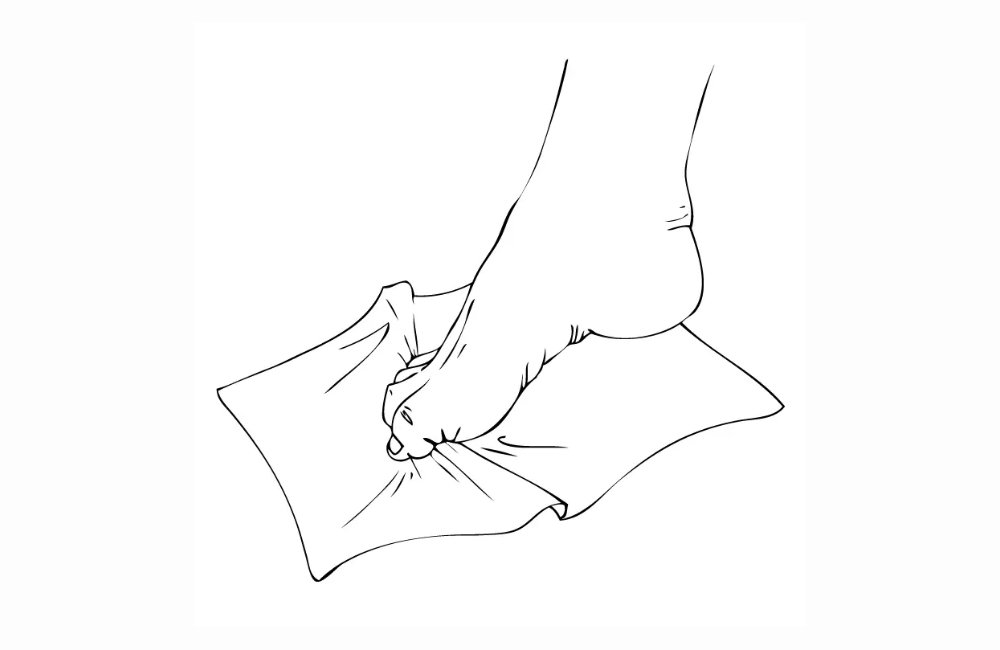
Stretching your plantar fascia is great, but you also want to strengthen this area. Increasing the strength of your intrinsic foot muscles will help keep your foot stable and may prevent you from sustaining future plantar fascia injuries.
How to Perform:
- Sit in a firm chair and place a towel on the floor in front of you.
- Attempt to pick up the towel by “crunching” your foot. This will create a bigger arch and will strengthen your inner foot muscles.
- Scrunch the towel up and hold for 10 seconds, repeating the process 20 times.
The Bottom Line On Plantar Fasciitis Pain
Plantar fasciitis is a tricky condition that causes pain with every step you take. Thankfully, through a combination of daily exercise, lifestyle changes, and other necessary treatments based on your unique situation, you can effectively address this issue. If you’ve been having plantar fascia pain, try these exercises and see what you think!

